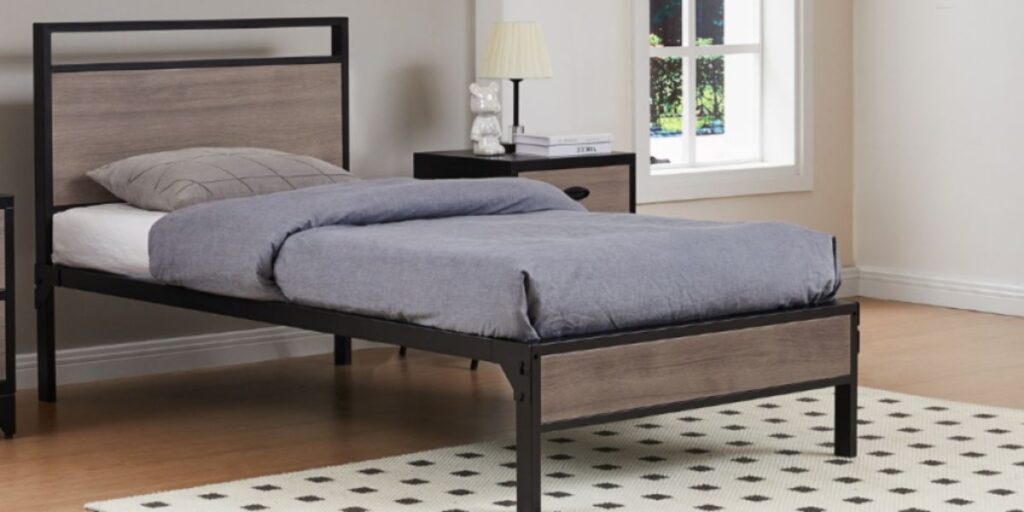All Categories
Featured

When creating a home, the design of furniture you select plays a substantial role in establishing the overall tone and atmosphere of a room. Two popular designs that property owners often dispute between are traditional and modern.
- Style and Structure. Contemporary Furnishings: Contemporary furnishings is defined by sleek, minimalist designs that emphasize simplicity and tidy lines. This style incorporates contemporary patterns and is frequently evolving, allowing it to adjust to brand-new styles and affects. The styles frequently include geometric forms, sharp angles, and smooth surfaces, with an emphasis on functionality. Contemporary furniture tends to be light and ventilated, preferring open rooms, and frequently prevents extreme decor. Parts in this style have actually a refined, downplayed elegance that fits well in contemporary homes.
Standard Furniture: Standard furniture, by contrast, draws inspiration from historic designs such as Colonial, Victorian, or French Provincial. The designs are often much more detailed, with curved lines, elaborate makings, and decorative describing. Typical furniture pieces tend to have an extra formal or stately look, with elegant curves and heavier construction. Unlike the sleekness of contemporary items, standard furniture celebrates craftsmanship, frequently showcasing magnificently in-depth woodwork and lavish furniture. The visual is rooted in a feeling of timelessness and improvement.
- Materials and Finishes. Contemporary Furnishings: Contemporary furniture is made making use of a variety of materials, including steels, glass, acrylic, and timber. The materials utilized are usually lighter and less elaborate than those located in traditional furnishings, yet they are designed to highlight open areas and tidy lines.
Conventional Furniture: Standard furniture is understood for its use of premium, solid materials, especially hardwoods like oak, walnut, cherry, and mahogany. The construction of traditional furniture items is commonly extra durable and heavy, developed to last for generations.
- Shade Combination. Contemporary Furnishings: The color combination in modern furniture is commonly much more restrained and neutral. While these neutral tones are the key structure, contemporary furnishings frequently includes bold accent colors to bring in personality and vibrancy.
Traditional Furniture: Traditional furniture, on the various other hand, features richer, deeper colors. Shades like burgundy, navy, woodland green, and gold are commonly made use of to create a warm, inviting ambience. Conventional furniture also tends to include extra intricate patterns and structures, such as floral motifs, damask, and red stripes. Using these patterns, combined with the deep, warm colors, includes a feeling of convenience, style, and a more official tone to the room.
- Convenience and Practicality. Contemporary Furnishings: Convenience and capability are key parts of contemporary furniture. Several contemporary furnishings designs are modular, enabling for versatility and flexibility in various room dimensions and designs.
Typical Furnishings: While convenience is definitely a factor to consider in conventional furniture, it takes a backseat to the elegance and charm of the design. Typical furnishings is commonly extra significant and may show up much heavier, with deep pillows and deluxe upholstery. The focus in conventional designs gets on providing a comfy, comfortable ambience, yet functionality is normally not as prioritized as in contemporary styles. Typical furnishings might also feature elaborate details such as tufted upholstery, scrollwork, and hand-carved legs, which improve the visual charm yet may not constantly provide the same level of usefulness as contemporary styles.

- Combination with Various Other Styles. Contemporary Furniture: One of the benefits of contemporary furnishings is its flexibility. Contemporary furniture functions well in open-plan areas, urban apartments, and homes with minimalist design.
Conventional Furnishings: Conventional furniture is more suited to homes that welcome a timeless, timeless design. While it can be matched with contemporary or modern pieces to create an eclectic visual, traditional furnishings frequently stands out on its own.
- Durability and Timelessness. Contemporary Furniture: Contemporary furnishings has a tendency to develop with the times, reflecting existing design trends and preferences. While the modern allure of these items can last for numerous years, they may not have the same enduring power as traditional furniture. As fads alter, modern furnishings may come to be outdated, however this can likewise be a benefit for those who appreciate upgrading their home frequently to stay up to date with design changes.
Standard Furnishings: Conventional furnishings, nevertheless, has a timeless high quality that permits it to maintain its appeal for generations. Due to its traditional design and high-grade materials, standard furnishings commonly becomes a long-lasting investment. It can endure for decades, even centuries, without shedding its value or allure. This makes conventional furniture an excellent option for house owners trying to find pieces that can stand the examination of time and be given through the family.
Final thought. Ultimately, the choice in between contemporary and standard furniture styles depends on your personal choices and the ambience you want to develop in your home. In contrast, traditional furnishings provides timeless elegance and complex craftsmanship, best for developing an elegant, timeless setting.
Latest Posts
Find Out How Your Partner at WyHy Maximizes Your Savings on Loans and Savings
Published en
1 min read
Discover Montclare Auto Repair’s Top Car Care Solutions and Why Drivers Trust Them
Published en
1 min read
Recognizing When Your Car Needs Expert Auto Repair at Montclare Auto Repair
Published en
1 min read
More
Latest Posts
Find Out How Your Partner at WyHy Maximizes Your Savings on Loans and Savings
Published May 28, 25
1 min read
Discover Montclare Auto Repair’s Top Car Care Solutions and Why Drivers Trust Them
Published May 26, 25
1 min read
Recognizing When Your Car Needs Expert Auto Repair at Montclare Auto Repair
Published May 25, 25
1 min read